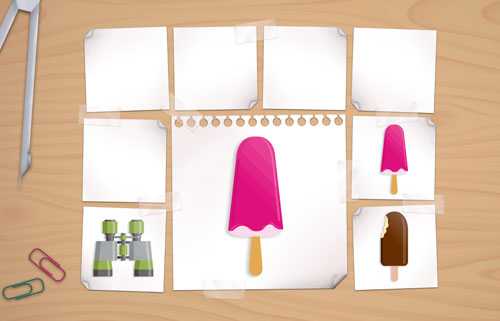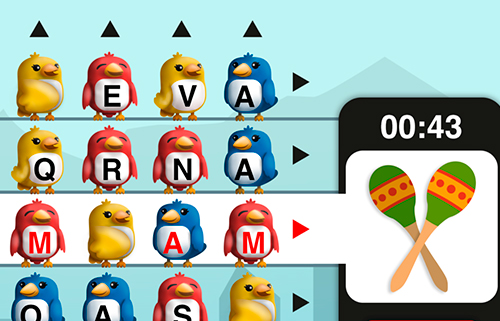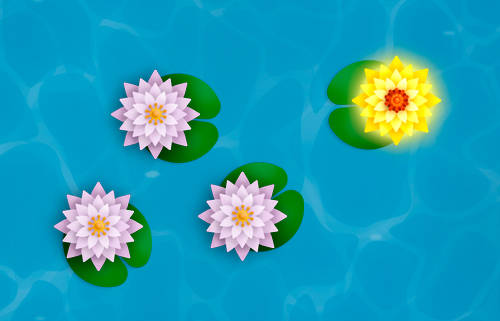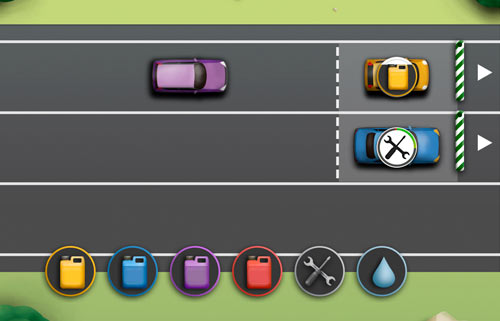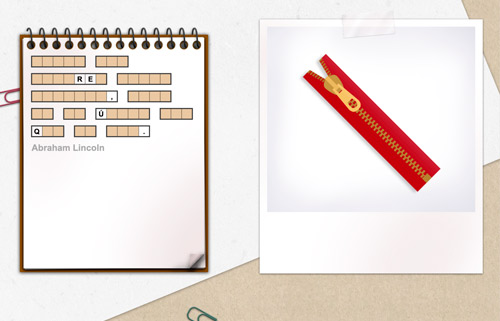
Multi-platform
Brain Game: Visual Crossword
Cognitive training brain game
Play 'Visual Crossword' online and strengthen your cognitive abilities.
Access this scientific brain training resource.
Challenge your mind.
Visual Crossword is a brain game that seeks to train working memory and visual perception. An image will be shown to you for a few seconds. You have to remember the name of the object in the image (for example, "tiger") and select the first letter of the word among the 4 letters shown (in this case "t"). The goal is for you to try to match the image and the letter as fast as you can.
CogniFit has designed this game in order to stimulate our naming and perception abilities. It is a suitable game for anyone regardless of their age since the difficulty of the game is adjusted taking into account the needs of each user. Visual Crossword is a perfect option to stimulate our minds and help strengthen our cognitive abilities in a fun and interactive way.
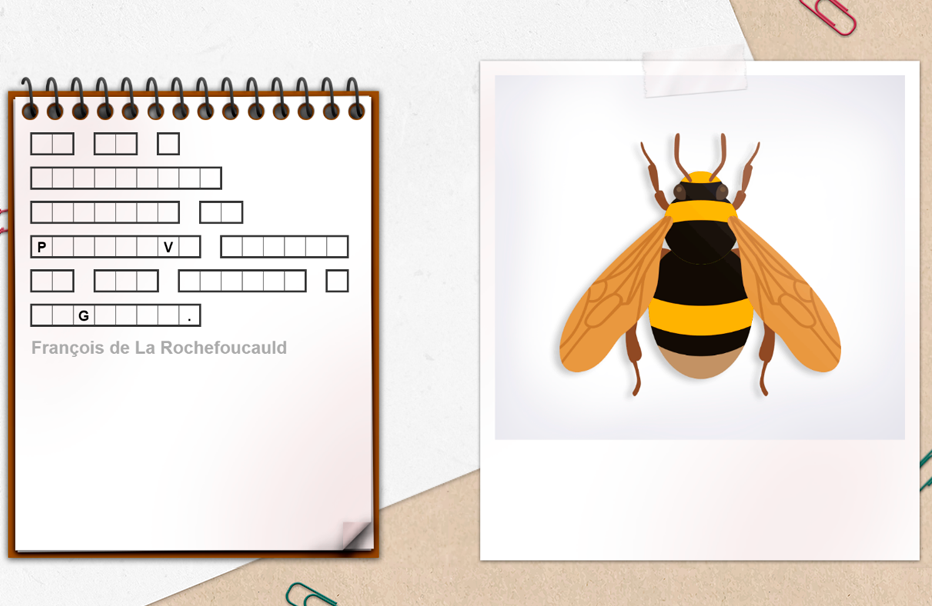
The goal of the game is to remember the name of the object in the picture (for example, "house") and select the first letter of the word from the 4 letters shown (in this case "h").
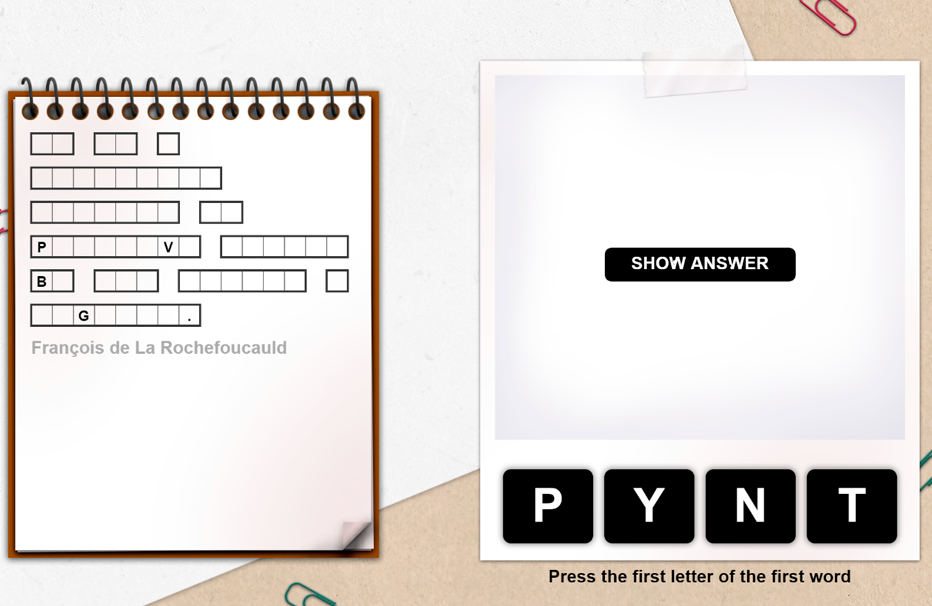
As you level up the challenge will be greater. You will have to be careful to select the letter according to the order indicated in the instructions (it can be the first, second or whatever the game marks in each moment).
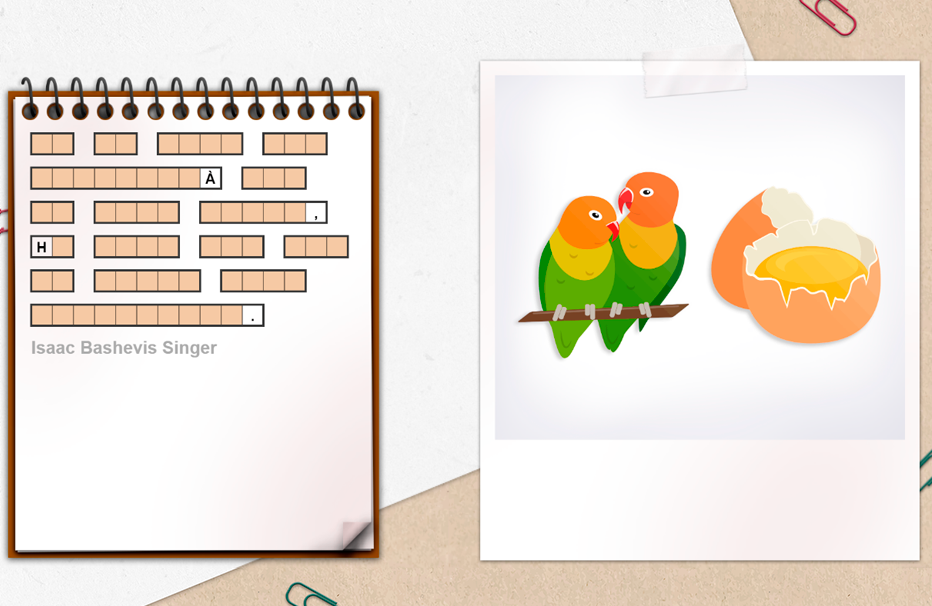
In addition, we will test your memory, since you will have to remember more than one image at a time.
Why is 'Visual Crossword' so popular? - History
The crossword puzzle, where we got the inspiration for Visual Crossword, is one of the most famous brain games in the world today. This hobby was invented in 1913, by Arthur Wynne. This journalist worked on the holiday supplement that, under the name Fun, published on Sundays in the New York World. The crossword was thought of as one more part of a varied group of "mental exercises" contained in the Sunday supplement. This game quickly captured the attention of the public, it was entertaining as well as challenging, hence it began to be one more part of the routines of Sundays.
Today thousands of versions of this game have been created, which after more than a century, is still one of the best options to stimulate the mind. The CogniFit design department has wanted to carry out an online version that combines image and text, in this game, participants must add in the crossword the initial word of the object that appears in the image on the right of the screen . The main objective of this game is to stimulate different cognitive abilities in a very entertaining way.
How does 'Visual Crossword' improve my cognitive abilities?
Playing games like CogniFit's 'Visual Crossword' stimulates a specific neural activation pattern. Repeating and training this pattern consistently can help create new synapses, and help neural circuits reorganize and regain weakened or damaged cognitive functions.
'Visual Crossword' helps to exercise working memory, naming, and perception. Consistently stimulating these skills can help create new synapses, and reorganize neural circuits and improve cognitive functions.
1st WEEK
2nd WEEK
3rd WEEK

Orientative graphic projection of neural networks after 3 weeks.
What happens when I don't train my cognitive abilities?
Our brain is designed to save resources, so it tends to eliminate connections that are not used. In this way, if a cognitive ability is not used normally, the brain does not provide resources for that pattern of neural activation, so it becomes increasingly weak. This makes us less able to use this cognitive function, making us less effective in our day-to-day activities.




